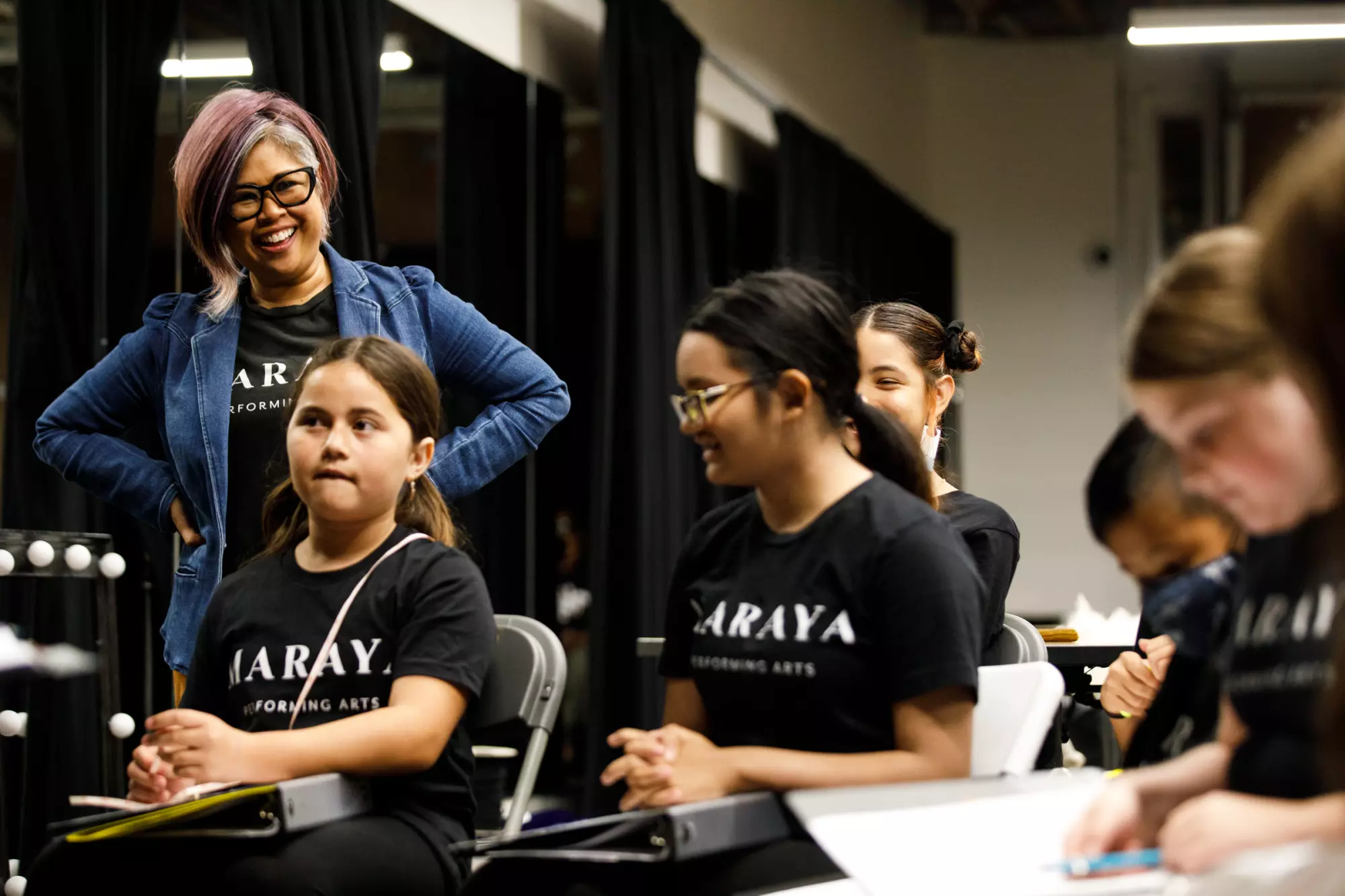Community, Leadership, Experimentation, Diversity, & Education
Pittsburgh Arts, Regional Theatre, New Work, Producing, Copyright, Labor Unions,
New Products, Coping Skills, J-O-Bs...
Theatre industry news, University & School of Drama Announcements, plus occasional course support for
Carnegie Mellon School of Drama Faculty, Staff, Students, and Alumni.
CMU School of Drama
Monday, October 09, 2023
Subscribe to:
Post Comments (Atom)

2 comments:
This was a very inspirational read. this article really showed what is different between small and large organizations. These small community-based organizations are truly developed and kept alive because of the community and the impact it has on the community. while large organizations possibly are in it more for public image, money, or even the wrong reasons. this reminded me of what my parents went through during COVID-19. they are both artists, and while they are art professors they also work for nonprofit-type organizations. During covid both their careers were put at a tough spot. They reached out to other struggling artists, and with this connection through art and through passion, they made ends meet. being an artist is half about the emotion you feel in your art. you cannot simply create something without having some attachment to it. I think with small art organizations this mission statement in a way is Amplified. After reading this article, It encourages me to keep being creative even when times get tough because clearly, pursuing art is possible.
The article from The San Diego Union-Tribune succinctly captures the financial challenges faced by small arts organizations, emphasizing a fundamental truth: every dollar counts. In the world of artistic endeavors, where passion often takes precedence, the stark reality is that without sufficient financial backing, even the most creative visions remain unrealized. The notion that there's no room for splurging underscores the financial discipline required for the sustainability of small arts organizations. It emphasizes the need for a clear mission, guiding every financial decision with a purpose. In an environment where resources are often limited, being mindful and resourceful with budget allocations becomes paramount. This reflection echoes a universal truth not just in the arts but in any endeavor — financial prudence is a linchpin for success. The challenges faced by small arts organizations shed light on the delicate balance between artistic aspirations and fiscal responsibility. It serves as a reminder that creativity, while the soul of artistic pursuits, must be complemented by strategic financial planning to ensure the longevity and impact of these vital cultural contributors.
Post a Comment